I'm trying to get ahead on my classes for the school year and decided to start with Alan Oppenheim's Signals and Systems course. I'm already very stuck on how to convolve two signals. I have some specific examples from his textbook that I would love to see worked in order to get a better understanding.
The answer I get is different from the answer the book gives. I tried to graph both of these, and then shift h[n] through x[n] and calculate each point. However, this does not give the book's result of
Secondly I don't understand this problem
Any explanations or clues to understanding would be appreciated. I've been watching different videos and searching around and something just isn't clicking.
Below is my attempt to solve the first. I only had blue and black ink for the graphs, and it's not easy to see the different between the h[n] and x[n] graphs.






